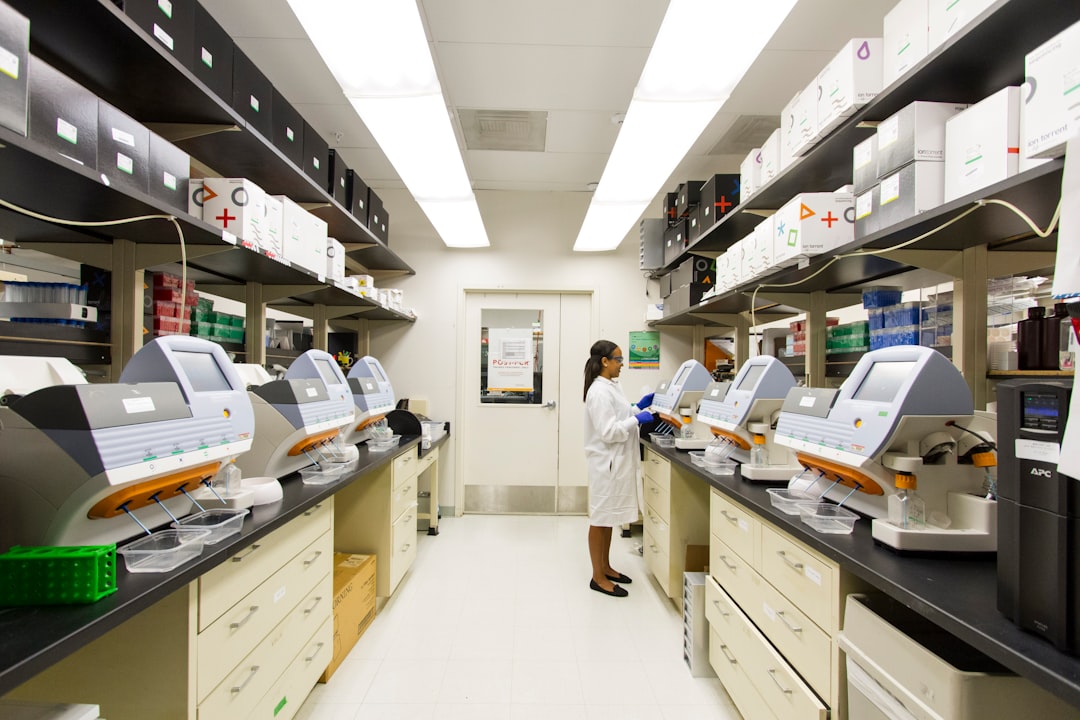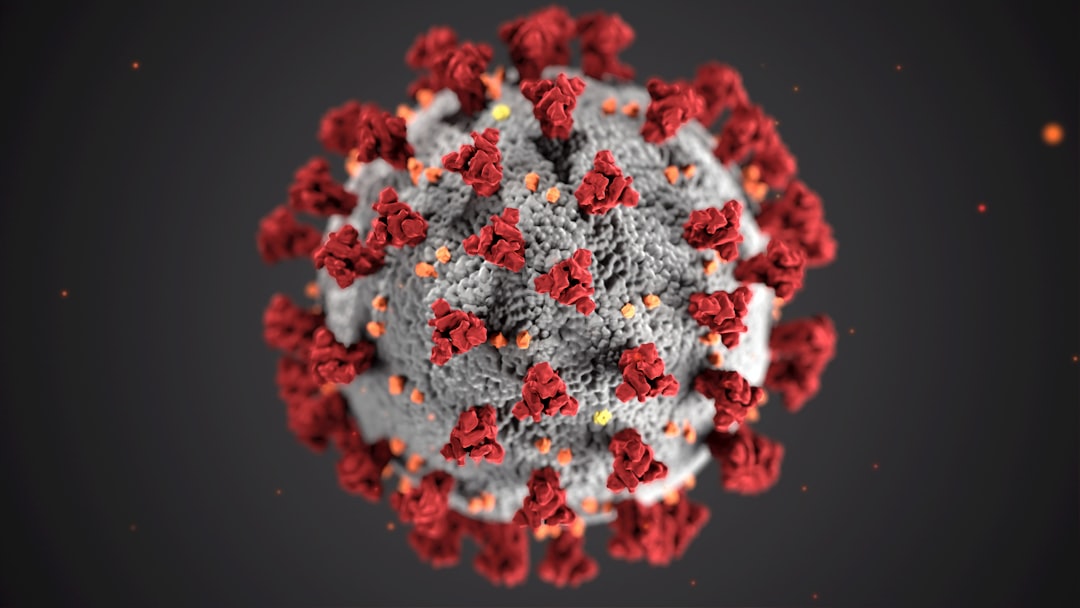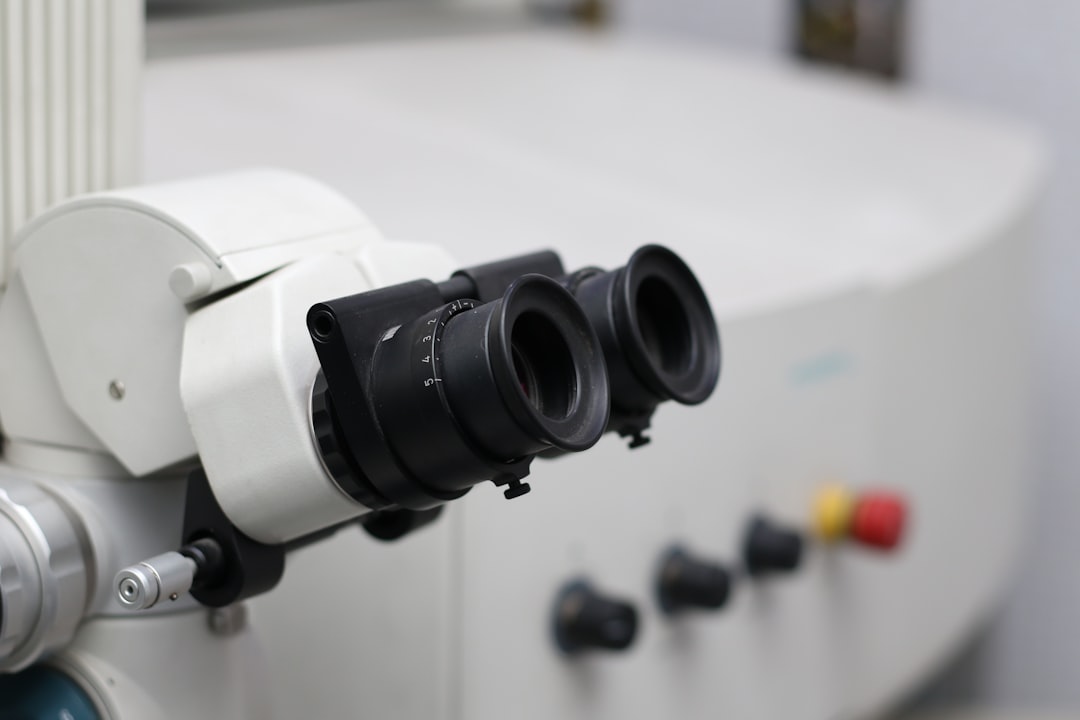What is it about?
It is mostly assumed that when stem cells are isolated from blastocysts thery loose the capacity to convert into embryos. Recent experiments show, however, that embryo-forming capacity can be re-gained by stem cells under certain conditions. This report focuses on recent reports on ‘engineering' viable fish embryos or gastrulating human germ disc models using ‘pluripotent'/omnipotent cells, as well as on spontaneous early embryonic pattern formation in aggregates of mouse embryonic stem cells.
Featured Image
Why is it important?
It is concluded that we should not only reconsider the stem cell terminology in use (pluripotency, omnipotency, totipotency); more urgently, we should contemplate ethical implications of the perspective of constructing 'synthetic' embryos in humans.
Read the Original
This page is a summary of: Stem Cell Terminology and ‘Synthetic' Embryos: A New Debate on Totipotency, Omnipotency, and Pluripotency and How It Relates to Recent Experimental Data, Cells Tissues Organs, January 2014, Karger Publishers,
DOI: 10.1159/000370063.
You can read the full text:
Contributors
The following have contributed to this page










